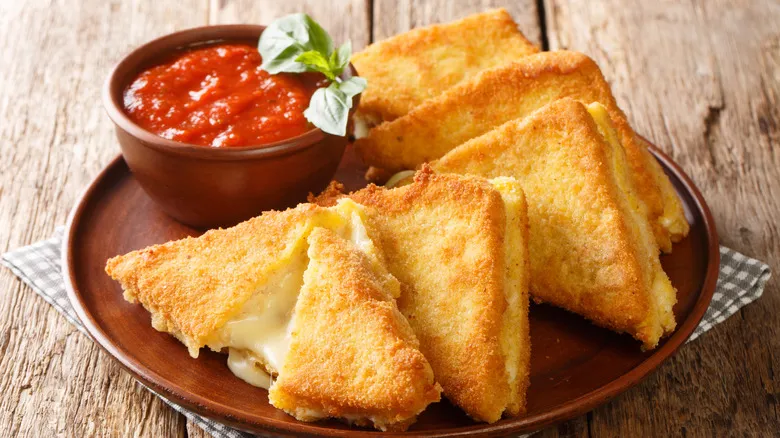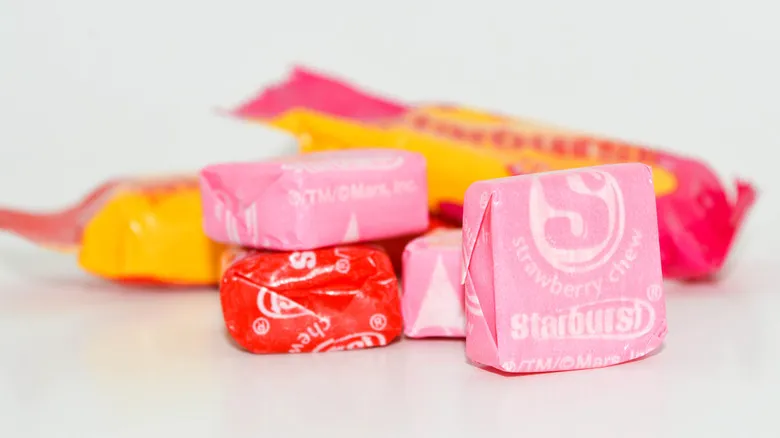What is falafel?

While many people around the globe recognize falafel as a fried chickpea patty, it can actually be prepared using various legumes, with regional variations in its base ingredients. In Egypt, where the dish is believed to have originated, it is traditionally made with fava beans (also known as broad beans). In contrast, Palestinian cuisine typically uses chickpeas, and in other Middle Eastern nations like Lebanon, a blend of both legumes is most prevalent. For a unique twist on your falafel recipe, consider incorporating pistachios.
Regardless of the variation, falafel is crafted from soaked legumes that are ground with spices, herbs, and additional ingredients such as garlic and onion. The mixture is then shaped into balls and deep-fried (or occasionally baked). It is often served in a pita sandwich filled with fresh vegetables or as part of a mezze platter alongside hummus, tahini, and possibly tzatziki. Its popularity as a delicious vegetarian protein source spans the globe.
The English term "falafel" is derived from the Arabic "fal?fil," which comes from "filfil," meaning "pepper." There is also a theory that the name originates from the Arabic word for fava beans, "f?l." Despite its clear Arab (most likely Egyptian) roots, falafel was enthusiastically adopted by Israeli culture as a national symbol in the mid-20th century, following the establishment of the state, which caused some tension with Palestinian and other Arab communities. Today, falafel is not only enjoyed as a tasty snack but also serves as a representation of the intricate history of cultural exchange and territorial disputes in the Middle East.
What is ta'ameya?

In simple terms, just as rectangles and squares relate to each other, all ta'ameya is a type of falafel, but not all falafel is ta'ameya. Ta'ameya is Egypt's unique version of falafel, traditionally made with fava beans instead of chickpeas. The name, which can be spelled in various ways, comes from the Arabic word for food, "?a??m," with its diminutive form suggesting a small portion, translating roughly to "small piece of food."
Ta'ameya is widely regarded as the original falafel, predating the chickpea fritter that has become famous worldwide. There are several theories about its origins; some suggest it dates back to Ancient Egypt, while others argue it was created by Coptic Christians as a meatless option to meet religious dietary needs. According to History Today, it is likely a "comparatively modern" creation that arose after the British occupation in 1882, influenced by British soldiers' preference for fried vegetable fritters they encountered in India.
Ta'ameya is known for its softer, fluffier texture compared to chickpea falafel, as well as its earthier taste and greener color. It is typically formed into flatter patties rather than balls before frying. In Egypt, it is often enjoyed as a breakfast dish, commonly served with baladi bread, a type of Ancient Egyptian flatbread.
Recommended

Italy's Mozzarella In Carrozza Sandwich Is Like A Grown-Up Cheese Stick

What Exactly Is A Bismark Donut?

The Story Behind The World's Longest Hot Dog

What Flavor Is The Pink Starburst Supposed To Be?
Next up

